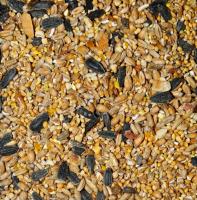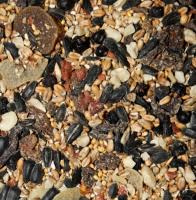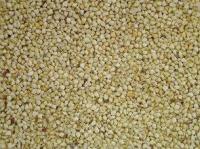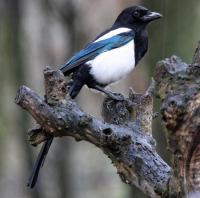- Home
- FAQs
- Customer Video Gallery
- Customer Photo Gallery
- Bird Facts
- Bird Food Blog
- Bird Information
- Feeding Advice
- Small Animal Information
- A to Z of Guinea Pigs
- A to Z of Hamsters
- A to Z of Rabbits
- Basic Care for Guinea Pigs
- Basic Care for Hamsters
- Basic Care for Rabbits
- Basic care for Chinchillas
- Basic care for Ferrets
- Basic care for Gerbils
- Basic care for Mice
- Basic care for Rats
- Buying a Healthy Small Animal
- Does your Reptile need a Licence
- Equipment for Ferrets
- Equipment for Hamsters
- Equipment for Mice
- Equipment for your Chinchilla
- Equipment for your Gerbil
- Equipment for your Guinea Pig
- Equipment for your Rabbit
- Keeping a House Rabbit
- Dog Information
- Cat Information
- Customer Information
- Fat Balls
- Suet Pellets
- Straights
- Seed Mixes
- Suet Treats
- Mealworms
- Bird Feeders
- My Account

| Scientific Name | Emberiza citrinella |
| Breeding | late April |
| Fledge Days | 14-16 |
| Incubation Days | 11-14 |
| Lifespan | 3 years |
| Number of Clutches | 2-3 |
| Number of Eggs | 2-6 |
| Size | 15.5 - 17cm |
| Weight | 27g |
| Wingspan | 26cm |
Bird Family : Buntings
Yellowhammer Facts - Information About Yellowhammer
Yellowhammer - Emberiza Citrinella
The Yellowhammer is another member of the Bunting Family. It is most often found in agricultural and wooded areas. Males are unmistakable as they are bright yellow, females and young birds are like a ‘ghost’ of the male.
The song of the Yellowhammer will attract your attention and help identify the bird as it is well known and very easy to learn.
Identification:
Adult
- Adult males and females have different plumage.
- Yellowhammers are medium sized Buntings and measure in at about 16cms.
Male
- Tail is longish, dark brown with white outer tail feathers, rump is brick red, back is heavily streaked and fairly pale, buffy with some dark chestnut with straw coloured streaking.
- Wings are chestnut with darker centres to the feathers.
- The upperside of the bird shows a yellowish buff wash.
- The most obvious feature of the Yellowhammer is the bright lemon yellow head, breast and underparts.
- The head shows a darker surround to the ear coverts and some dark crown streaking.
- The breast has an orange wash and dark streaking down the flanks.
- Bill is grey, legs brown eyes dark.
Female
- Female Yellowhammers lack all the yellow head of the male and instead show an olive head with varying amounts of yellow around the face and chin.
- It also shows a yellow ear spot.
- Overall the birds shows less of a yellow tone and appears darker and moor olive in tone, it is also more streaked on the breast and flanks.
- Bill black, legs dark and eye black.
Juvenile
- Juveniles appear from late April onwards and look very similar to adult females, head pattern not as dark and generally browner, shows pale ear spot.
Status and Distribution
The Yellowhammer is a common breeding resident in the UK with 700,000 pairs. It occurs in all counties throughout the UK.
In winter numbers increase as migrants come to the UK from Continental Europe to escape their cold winters, migrants start to arrive in October to winter in our less severe climate.
Habitat/Food
Yellowhammers tend to feed on the ground, they occur in farmland type habitat throughout the UK also woodlands, open areas such as wooded pastures. If you can coax them into the garden they will happily take Seed Mixes from the ground or Bird Table.
Song/Call
Song; The song is well known....’ A little bit of bread and no cheese’ delivered in a high buzzy tone…..’chi chi chi chi chi chi chi chi cheezze’ . The cheese note is lower in tone than all other notes..
The following food is favoured by Yellowhammer



















